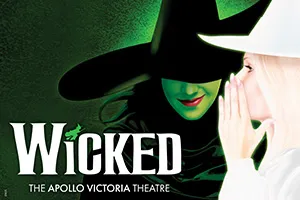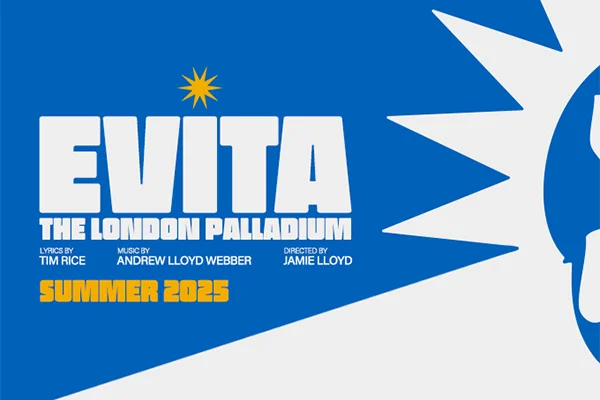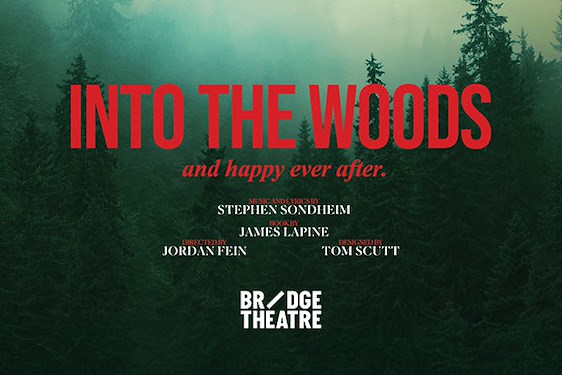Combining contemporary and African dance, four dancers put on an impressive physical display in Kaneish Dance Theatre’s Tabula Rasa. There’s a great athleticism here, conveyed with strength and precision.
It’s a physical, vibrant performance executed with real skill.
We begin with a soundtrack of throat singing and eerie water drips, with dark lighting in the cavernous space, conjuring a subterranean setting.
The title Tabula Rasa comes from the Latin for ‘blank space’ and appropriately encapsulates the mood of the work. We don’t know who these people are and what their relationships to one another are, and they undertake a process of physical discovery.
The first movement feels exploratory and tentative and gradually builds in energy and mood, although is perhaps a little too long. This may be because we need to experience more of a change through the music, rather than the dance. Later, drums come in and the dancing becomes highly energetic - there’s something tribal about it as the performers move without pause across the space, creating shapes with their bodies and folding over one another.
The dancers gradually come together and then pair to perform kizomba - partnered dancing from Angola, which, with its close bodily contact and merengue influence has a sensual edge.
It’s a physical, vibrant performance executed with real skill. The dance is rarely symmetrical and rarely synchronised, creating interesting textures.
The dim light in the early part of the piece was evocative although I wanted full lights to come up sooner than they did. I felt the baggy harem pants worn by the female performers prevented us from gaining a full appreciation of some of their movements.
While Keisha Grant’s choreography is abstract and I could discern no apparent narrative, a repeated motif had the dancers perform a trembling, shivering motion. This began the piece and returned towards the ending. Whether it signifies cold, illness, fear or depression, the suggestion is strong that whatever the emotion is, it is inescapable and re-emerges as the dancing subsides and the performers are returned to where from they began, as blank slates.


















